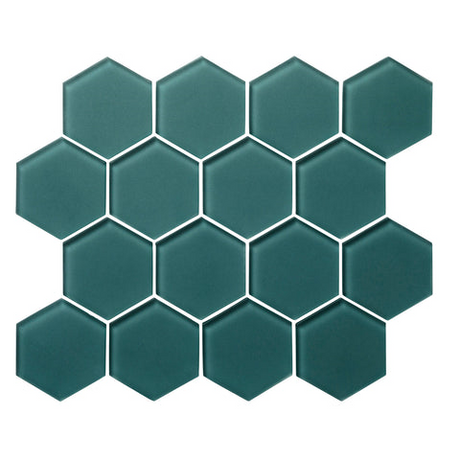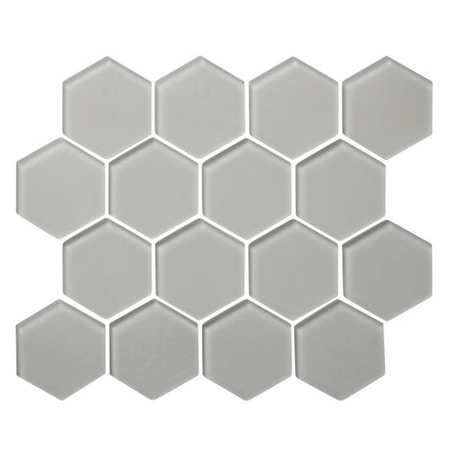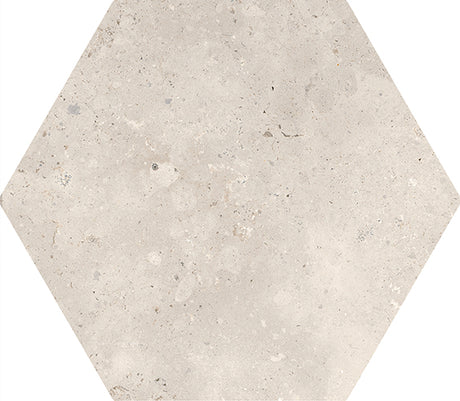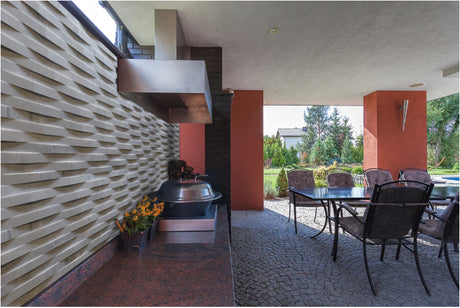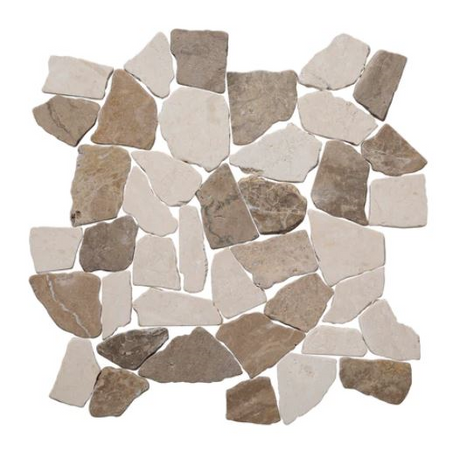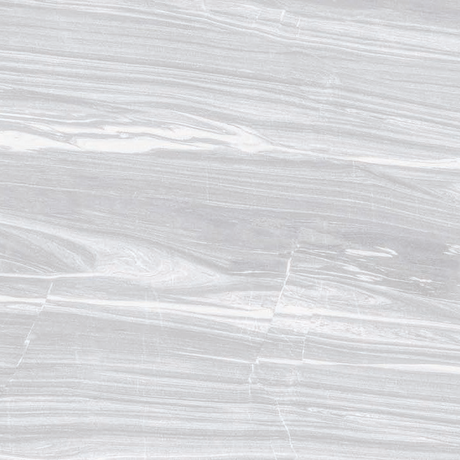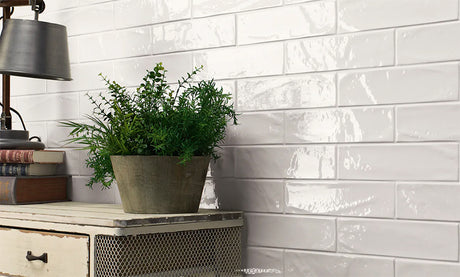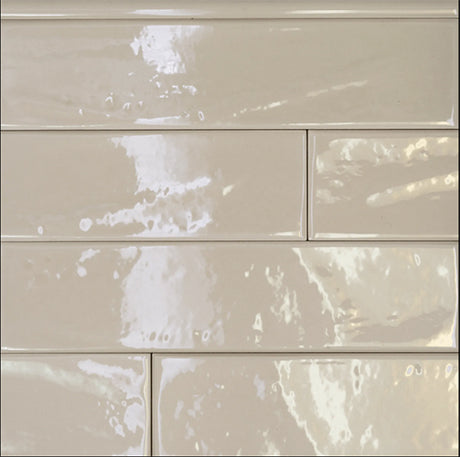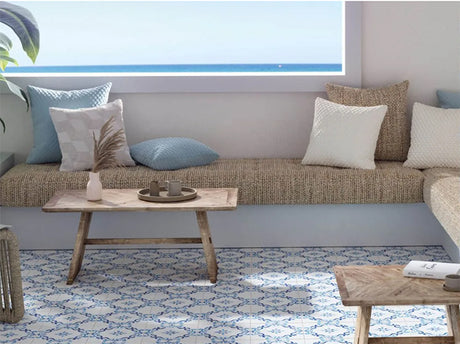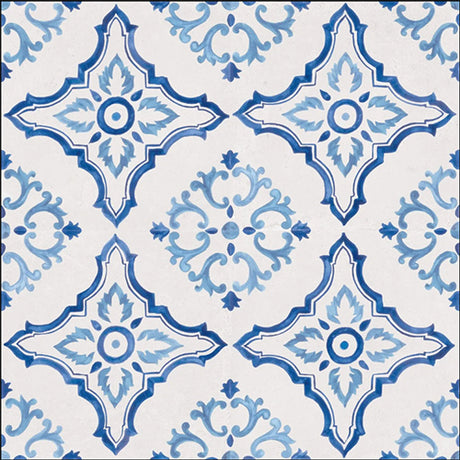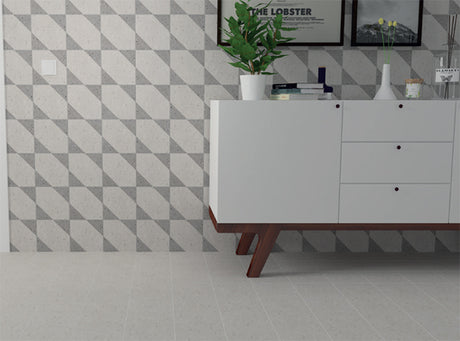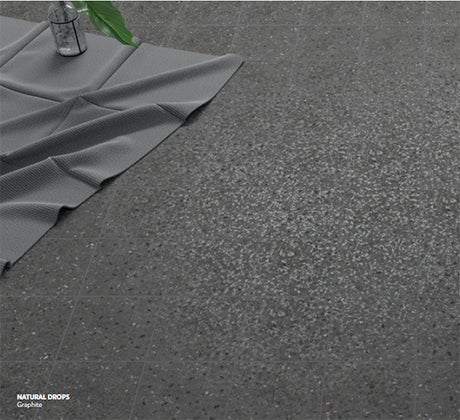Island Stone
Illusions Subway Glass Matte 6"x12"
$42.25Unit price /UnavailableIn stock (3718 units)Island Stone
Impressions Rectangle Gloss Glass Tile 3.5"x12"
$8.95Unit price /UnavailableIn stock (9703 units)Imperial Tile
Infinito Calacatta Gold 'A' Polished 64X127
$1,500.00Unit price /UnavailableIn stock (21 units)Imperial Tile
Infinito Lincoln Polished 64X126
$1,500.00Unit price /UnavailableLow stock (8 units)Imperial Tile
Infinito Sahara Noir Polished 64X126
$1,500.00Unit price /UnavailableIn stock (36 units)Island Stone
Interwoven Corner 4 pc Set Marble Tile
$29.39/ sq ft.Unit price /UnavailableIn stock (13050 units)Island Stone
$24.16/ sq ft.Unit price /UnavailableIn stock (13048 units)Island Stone
Large Random Tumbled Marble Mosaic Tile
$41.25Unit price /Unavailable+3In stock (32680 units)Island Stone
Ledger Panel Split Face Textured Wall Tile
$14.50/ sq ft.Unit price /UnavailableIn stock (16560 units)Imperial Tile
Manhattan Ceramic Tile Glossy 3x12
$7.51/ sq ft.Unit price /UnavailableIn stock (1101 units)Imperial Tile
Mestral Porcelain Tile Matte 9x9
$7.46/ sq ft.Unit price /UnavailableIn stock (1328 units)Island Stone
Mini Split Face Textured Wall Tile
$5.70Unit price /UnavailableIn stock (6536 units)Wow
Natural Drops Field Tile Matte 7x7
$16.29/ sq ft.Unit price /UnavailableIn stock (1582 units)Island Stone
New Wave Profile Dimensional Wall Tile
$21.00Unit price /UnavailableIn stock (9511 units)Imperial Tile
Origami Matte Hexagon Wall Tile 9" x 10 1/2"
$7.59Unit price /UnavailableIn stock (138 units)



